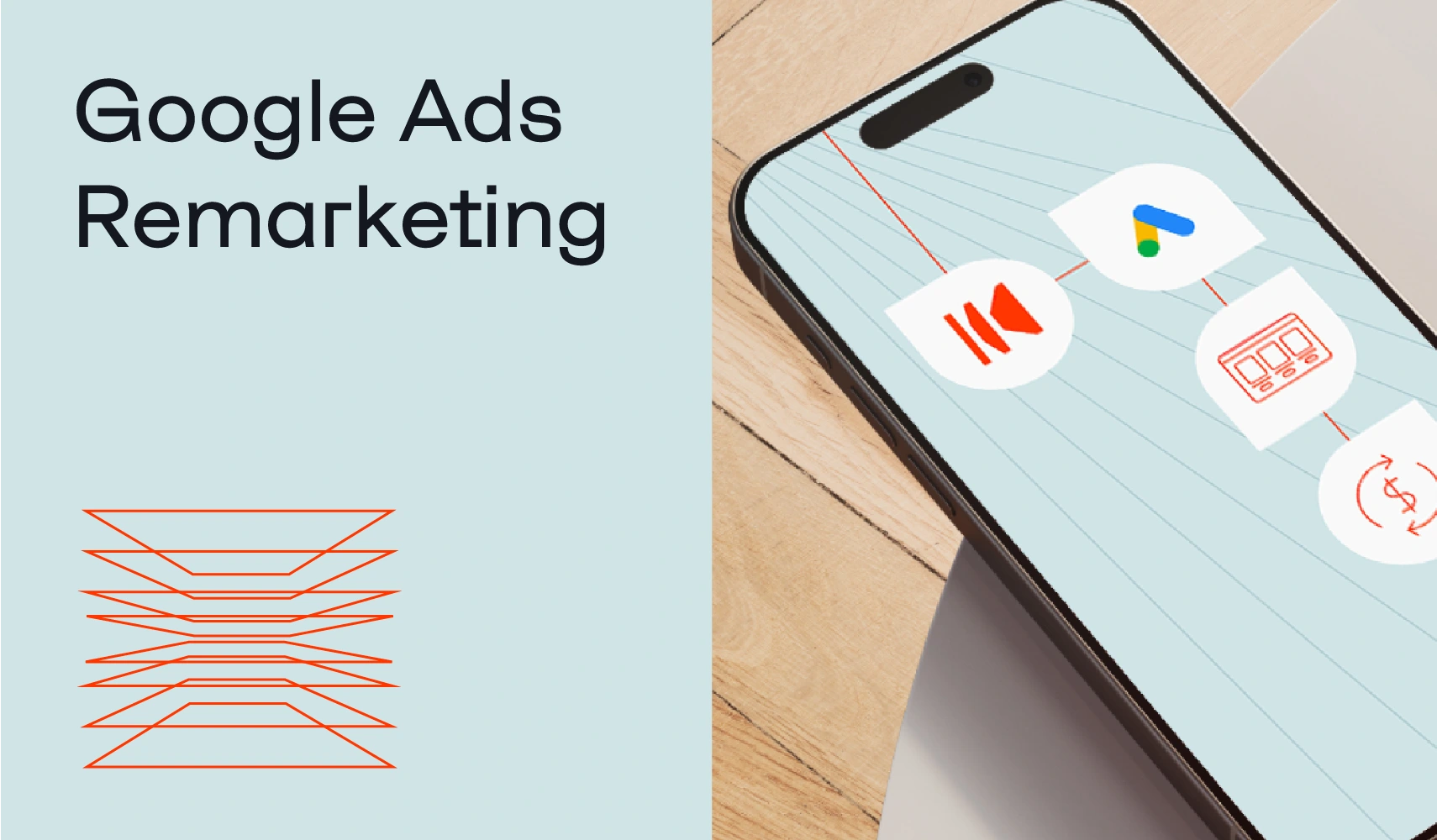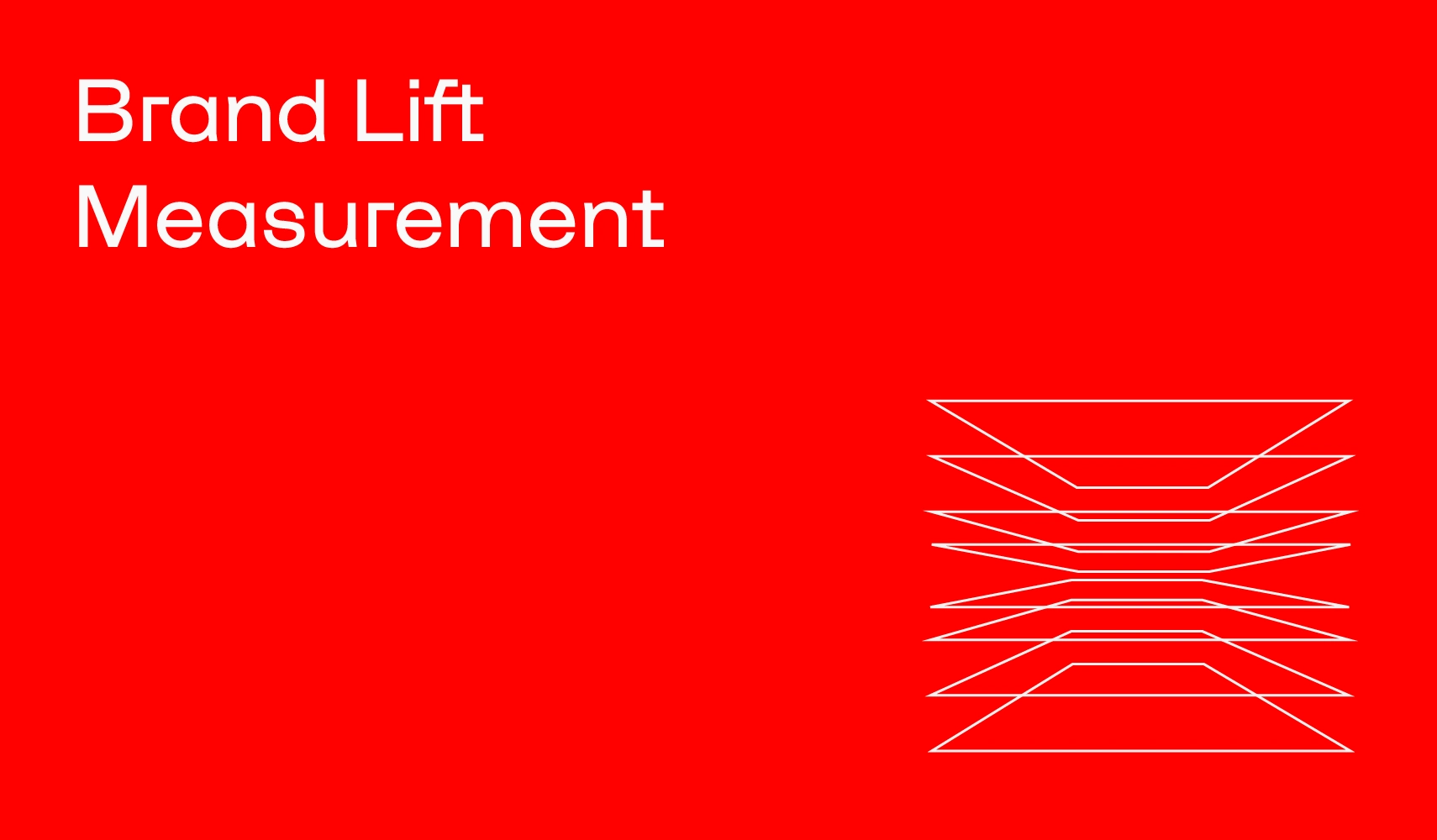The year kicks off with a complete turnaround: CMI's weekly news updates have been transformed into "What's New" – a fresh look at current marketing trends.
Each week, Adfreak's own strategy advisor, Antonio Markovic, will dissect the industry's hot potatoes and future patterns – complete with reasons why you as a marketing professional should be paying attention. It's about more than the week's headlines; Antonio's insights extend beyond the emerging trends that have not yet become commonplace in the marketing world, provide new perspectives on old truths that may no longer hold, and highlight nearly forgotten strategies that are about to make a comeback.
And then we take a bet for the premiere episode. As the lyrics in a song from the musical "All That Jazz" reads: "Everything old becomes new again."
Twenty-five years ago, before we could measure clicks, customer acquisition, downloads and engagement, marketers invested in ads to capture people's attention.
By 2024, Antonio Markovic believes, B2B marketers will once again pay attention to attention metrics. Keep reading to catch the highlights:
Challenging old and new power measurements
In the past, marketers would place ads in magazines or on TV and let them run for a set period of time. Then they asked consumers, “Hey, do you remember seeing this ad?” The answers were converted into a measurement value - ad memory.
During that era, some consumers developed a preference list of the commercials they liked and disliked. I myself am no exception. I still come across old TV commercials that I really liked, and some that I couldn't stand.
When it came to the ad recall method, marketers often asked follow-up questions:
- “Did we get your attention?”
- And if so, "Did you like what you saw?"
Today, advertisers rely on data that is increasingly difficult to pin down. Increased privacy, GDPR and changes in browsers have made it more difficult to use some of the advanced metrics that marketers once relied on for performance-based digital advertising.
Meanwhile, programmatic ads have been criticized for placing branded content alongside provocative, unethical or even fraudulent material. Therefore, brand safety is now of utmost importance for marketers concentrating on media buying. They are now more closely scrutinizing who is getting the views and how they are getting those views.
This tension—the need for better insight into who's watching what and where, as well as the growing difficulty of tracking data-driven performance—is reviving interest in attention metrics.
New methods for measuring attention
New technology allows us to set clearer measures of attention, more exciting than 25 years ago.
Biometric methods include facial recognition, eye tracking and even brain waves. Of course, like focus groups of old, these measurements usually require a controlled group. But they also require specialized devices. As you know, people don't directly connect their brains to their computers - at least not yet.
A more popular method combines data signals – e.g. watch time, scroll speed, mouse pointer location and engagement, especially for video and audio. These metrics are easier to track. However, since there is no current standard for attention metrics, you have to do a lot of interpreting to calculate attention.
Yet another method of measuring attention involves explicit feedback. This includes what I call "emotional data" - where the target audience tells you if they were paying attention. This can be determined through instant feedback surveys or interaction with paid media.
Perhaps the most interesting trend is the increasing use of artificial intelligence to analyze a combination of metrics. New technology solutions from companies that use machine learning to aggregate multiple metrics create more accessible attention metrics for marketers.
One of the greatest events in digital development has just occurred in human history. Machine learning could suddenly interpret natural language. And if the machines can interpret natural language, then we can also measure in a completely different way than before. Get ready to be able to measure "feelings" using the machines' interpretations of the data provided. Technically, this is possible. For example, letting AI interpret how facial expressions, brain waves, heart rate, etc., looked like when users looked at an ad. The GDPR laws "say no", which is quite reasonable if you want to maintain your privacy online.
Plan to capture (and keep) human attention
Let me add something that makes attention worth… well, attention.
The brand and genuine, human content will be a significant factor in 2024.
As generative AI systems scale up marketing content from ad creation to derivative content and even elements of thought leadership, successful companies will leverage their human creators, subject matter experts, and brand to create distinctive experiences. Attention retention will be a critical metric for understanding what works across all types of content.
This is something I will keep an eye on. What are you saying?
RELATED CONTENT SELECTED FOR YOU:




